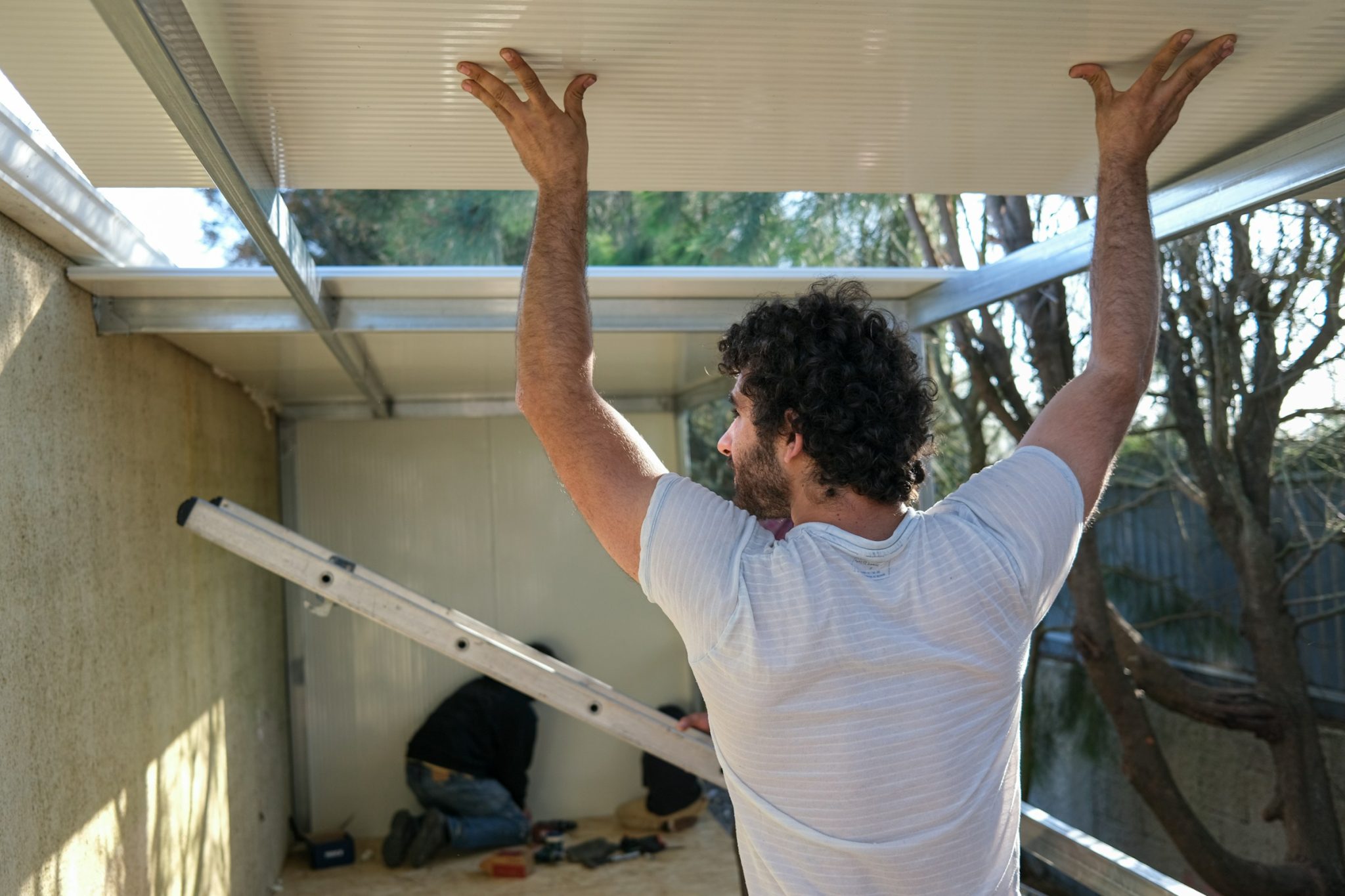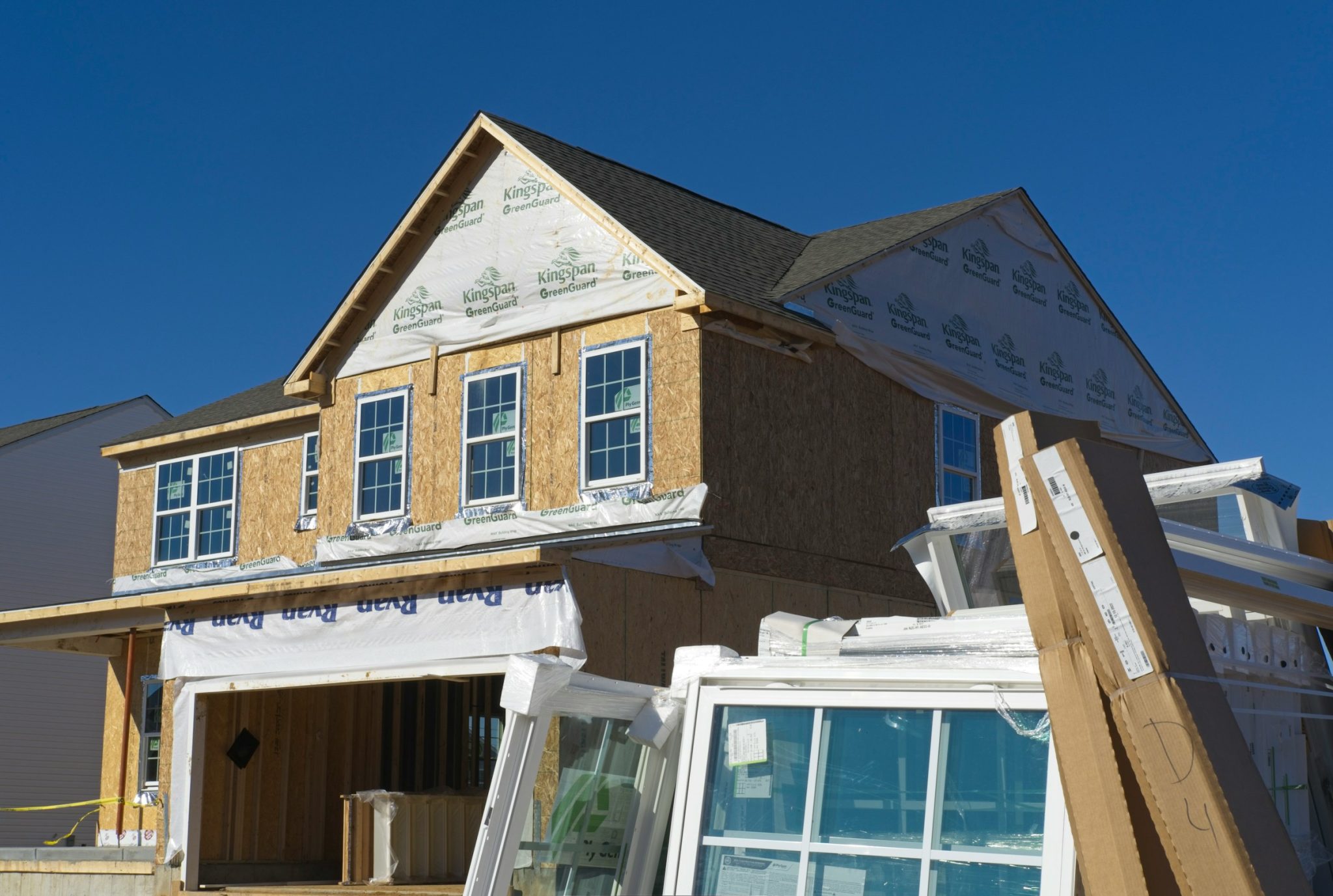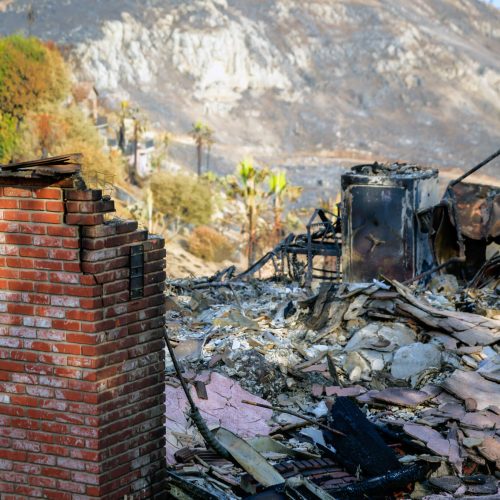Roof construction and repair are crucial aspects of home maintenance that ensure the safety, comfort, and aesthetic appeal of a building. Understanding the basics can save homeowners money, prevent future problems, and extend the lifespan of their roofs. In this comprehensive guide, we will delve into the essentials of roof construction, types of roofing materials, common issues, and repair techniques.

Table of Contents
When to Call a Professional
While some roof repairs can be handled by handy homeowners, others require professional expertise. If the damage is extensive, involves structural components, or if you’re unsure of your ability to safely complete the repair, it’s best to call in a roofing contractor. Professional roofers have the experience, tools, and knowledge to address complex issues safely and effectively. They can also ensure that repairs comply with local building codes and standards, Charlotte roofing specialists explain. Additionally, hiring a professional can provide peace of mind, as many contractors offer warranties on their work, guaranteeing that any issues will be addressed promptly. Attempting major repairs without the necessary skills can lead to further damage and increased costs, making professional intervention a wise choice.
Understanding Roof Construction
The Anatomy of a Roof
A roof isn’t just a layer of shingles. It’s a complex system designed to protect your home from the elements. The main components include:
Trusses and Rafters: The framework that supports the roof. Trusses are pre-fabricated, while rafters are typically built on-site.
Decking (Sheathing): The flat panels that cover the trusses and rafters, usually made of plywood or OSB (oriented strand board).
Underlayment: A protective layer that sits between the decking and the shingles, often made from felt or synthetic materials.
Flashing: Metal pieces that seal joints and prevent water from seeping into the roof structure.
Shingles or Roofing Material: The outermost layer, which can be made from a variety of materials.
Types of Roofs
Roofs come in various shapes and styles, each suited to different climates, architectural designs, and homeowner preferences. Some common types include:
Gable Roofs: Characterized by their triangular shape, they are simple and effective for shedding water and snow.
Hip Roofs: All sides slope downwards, providing stability and good resistance to wind.
Flat Roofs: Common in modern architecture, they require excellent waterproofing.
Mansard Roofs: Featuring four slopes, these roofs offer extra living space and an elegant appearance.
Gambrel Roofs: Often seen on barns, they provide additional headroom and storage space.
Roofing Materials
Choosing the right roofing material is crucial for durability, aesthetics, and cost-effectiveness. Here are some popular options:
Asphalt Shingles: Affordable and easy to install, they come in various colors and styles but have a shorter lifespan compared to other materials.
Metal Roofing: Durable and energy-efficient, metal roofs are resistant to extreme weather conditions and can last up to 50 years or more.
Wood Shingles and Shakes: Offering a natural look, they require more maintenance and are less fire-resistant but provide excellent insulation.
Slate: Known for its longevity and elegant appearance, slate is one of the most durable roofing materials, though it is also the most expensive.
Clay and Concrete Tiles: These provide a distinctive look and are highly durable, especially in hot climates.
Synthetic Roofing: Made from plastic, rubber, or polymer, these materials mimic the appearance of natural materials and offer durability and ease of maintenance.
Common Roofing Issues
Roofs are exposed to the elements year-round, making them susceptible to a variety of issues. Here are some common problems homeowners might face:
Leaks and Moisture: Caused by broken shingles, damaged flashing, or improperly sealed valleys, leaks can lead to significant water damage.
Pooled Water: Often a problem with flat roofs, standing water can cause deterioration and leaks.
Punctures and Holes: Falling branches or hail, can compromise the roof’s integrity.
Shrinkage: Materials like EPDM (a type of synthetic rubber used in roofing) can shrink over time, leading to cracks and tears.
Cracking and Blistering: Often due to aging or poor installation, these issues can expose the roof to water damage.
Poor Installation: One of the most significant issues that can lead to numerous problems down the line, including premature aging and leaks.
Roof Repair Techniques
Identifying the Problem
The first step in any roof repair is to identify the source of the problem. This might involve inspecting the attic for signs of leaks, looking for missing or damaged shingles, or checking the flashing around chimneys and vents.
Common Repairs
Shingle Replacement: For minor damage, replacing a few shingles is a straightforward process. It involves removing the damaged shingles, installing new ones, and sealing the edges.
Fixing Leaks: Locating the leak is critical. Once found, the damaged area must be cleaned and dried. A patch or sealant can then be applied to prevent further water ingress.
Flashing Repairs: Damaged or improperly installed flashing can often be fixed with caulking or by replacing the flashing entirely.
Patching Holes: Small holes can be patched with roofing cement, while larger ones might require a section of the roof to be replaced.

Understanding the basics of roof construction and repair empowers homeowners to take proactive steps in maintaining their roofs. By choosing the right materials, being aware of common issues, and knowing when to call a professional, you can ensure your roof remains a sturdy, reliable protector of your home for years to come. Regular maintenance and timely repairs are key to preventing costly damage and extending the life of your roof.
- About the Author
- Latest Posts
Whether she is researching the latest trends in home decor, life-changing destination getaways, or the best way to maintain your finances, Dewey takes pride in leaving no stone unturned. She is passionate about distilling and delivering high-quality information that you can use to upgrade your life.




